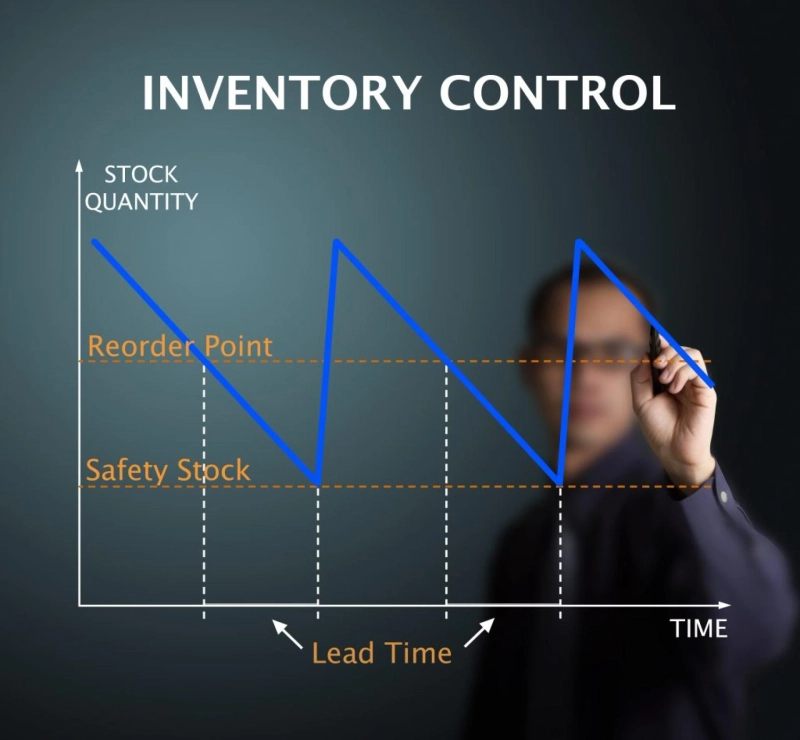Keeping your inventory lean will save you time and money. When you have less inventory, you can easily identify the items you need more quickly and efficiently move them through your system. Keeping your inventory lean will also help you reduce overhead and minimize item obsolescence. These are just a few of the advantages of keeping your inventory lean. Read on to learn more about them! And remember that keeping your inventory lean will save you money every month!
ABC method
ABC analysis is a useful tool to control inventory. This technique can minimize holding costs, avoid stock-outs, and maintain a steady cycle time. In addition, this method helps you track changes in the performance of your SKUs. It is easy to perform and provides plenty of benefits for your business. The ABC method of inventory control by stock trim is a proven method for controlling inventory. Read on to learn more about this effective inventory management tool.
The ABC method of inventory control by stock trim uses a system to classify items by their consumption frequency. In this way, companies can gauge their lead-time targets and avoid production downtime. The ABC analysis also takes advantage of the Pareto Principle of economics. According to this principle, 80% of a given problem is caused by only 20 percent of the causes. This principle applies to modern systems as well. The vast majority of results are the result of a small group of highly vital parts.
Two- or Three-Bin System
A Two or Three-Bin Inventory Control system is the most common method of managing inventories in a production line. It involves dividing products into two bins: the first one contains the majority of the products while the second bin is used to fulfill orders until new stock arrives. This system requires accurate assessment of stock levels, as it can lead to excess or shortages in inventory. To mitigate these risks, accurate forecasting of sales cycles is crucial.
This system is most often used for low-value parts or products. These parts are cheaper to purchase in bulk and stored in the warehouse. Using this method is advantageous because it can be easier to reorder parts in smaller quantities. The bins are stacked to prevent overflow and to make it easier to find the right items. The bins can be labeled according to their quantity. This system can be effective for small and medium-sized production processes.
Demand Override
The demand override feature in StockTrim allows the user to override forecasted demand for a specific product by modifying a number of parameters, including supplier lead times, minimum shelf levels, and the impact of finished goods on the quantity of stock. This feature helps the user determine the best stock levels for each product and calculates the parts required to meet those sales forecasts. The main advantage of this feature is that it guarantees a solution that is an integer.
Last-in-First-out
First-in-first-out (FIFO) is a common method for inventory control. It entails the oldest stock is sold first. This method is effective for perishable goods as the oldest stock will not spoil before the newest ones have been sold. In addition, it limits the risks of regulatory or tax scrutiny. As an example, suppose a warehouse keeps speakers. Week one, it orders 100 speakers for $50 each, and then weeks two and three, it orders another 400 for $60 each, and so on. In Week three, it sells all 400 speakers for $150. FIFO is the best method for such a warehouse.
This method uses the 80-20 principle to determine what items to keep in stock. According to this concept, the top 20% of items generate 80% of demand. As such, most efforts should be focused on these items. Next, the 30 percent of most popular items will generate 10% of sales. Meanwhile, the slowest items account for 50 percent of stock but only generate 10% of sales. Ultimately, it is necessary to identify the uneven pattern between the initial and final inventory levels to determine the optimal levels.


